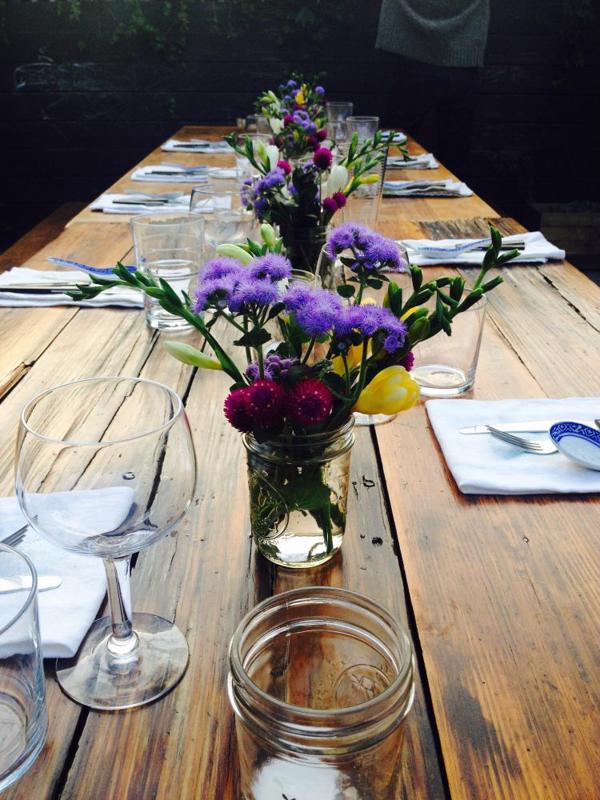Although the taste of the food may ultimately be the most important factor in meals served by chefs, presentation is a very close second. Enjoying a meal at a restaurant is more than experiencing the great flavors and high-quality output of skilled chefs. Presentation and environment both play major roles in the overall experience of diners, from the interior design of the restaurant to centerpieces on tables and many other more specific considerations.
One especially interesting concept for Austin culinary arts students to consider is pairing food and floral arrangements. The colors and scents of bouquets provide multisensory support for the dishes served and offer an upscale, attractive decoration.
A growing trend
Our review of 2018 trends for the restaurant world noted color is an increasingly important component of the meals chefs serve. Although dyes used in sauces, dressings and desserts play a role in bringing more vibrant hues to the table – and making them ready for photographing and sharing on social media – flowers are a more popular choice. Roses and lavender are especially popular.
The many colors, shapes and scents available in the wide world of flowers mean there are plenty of potential combinations to test and, once you find the best choice, start plating for your customers. An added benefit to flowers is that some, although certainly not all, are edible as well and contribute in yet another way to a great meal.
 A colorful centerpiece is one of many strategies to pair food with floral arrangements.
A colorful centerpiece is one of many strategies to pair food with floral arrangements.Plating points to keep in mind
One of the great things about flowers is their widespread availability and the many ways you can cultivate or purchase them. If your restaurant places an emphasis on farm-to-table meals, adding some flowers to the mix in your garden isn’t an especially difficult task. Even if it’s not practical to grow your own flowers, you can develop a relationship with a local florist and demonstrate support for fellow small businesses. You can even seek out the least expensive option at a club store or wholesaler if the bottom line is your most pressing concern.
It’s important to remember the limited shelf life of many flowers, especially when you’re only using the top of the flower or a few petals. They can last for a few days if carefully stored, but start to wilt and lose both scent and vibrancy in a relatively short period of time. To maximize shelf life, even if only for a single night of service, place a piece of wet paper towel inside the jar or bag holding the flowers and cover tightly.
As far as specific flowers, color and flavor are two of the most important considerations. Thyme, already a popular herb, has flowers in a range of colors from white to purple. Those petals are edible as long as the strain of thyme itself is also edible, meaning it’s easier to create an effective plating and let the diner choose whether or not they want to eat the flower. The spicy flavor packs more of a punch than many people may expect and can be used as a spice similarly to the ground herb.
Rose petals are rich with symbolism as well as vibrant colors. You can use them equally well with entrees and desserts, but a pairing with a fruit flavor and similar color like strawberry can be especially powerful. Consider a strawberry cupcake or shortcake with rose petals as a garnish. You may also consider macerating strawberries alongside rose petals for more integrated flavor as well as using the petals as a garnish.
These are just a few ideas to get you started. Look into the fresh flowers available to you locally and start pairing your food with floral arrangements.

